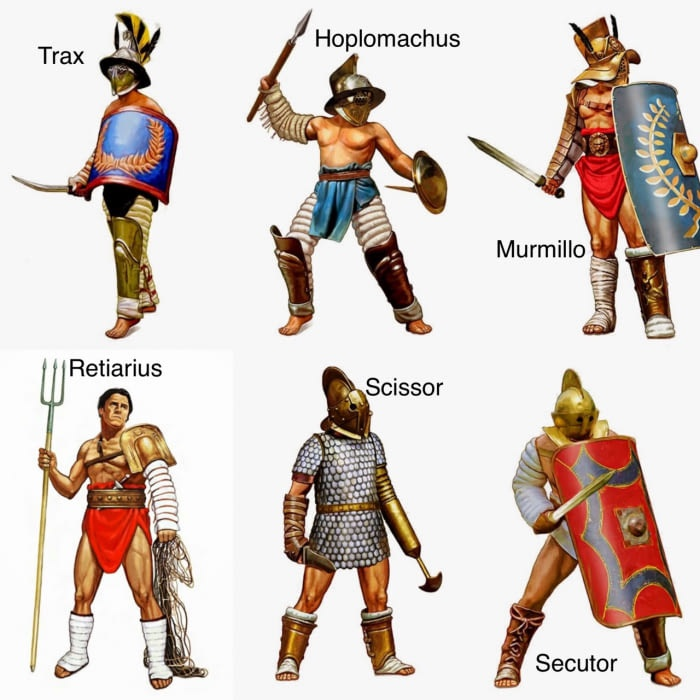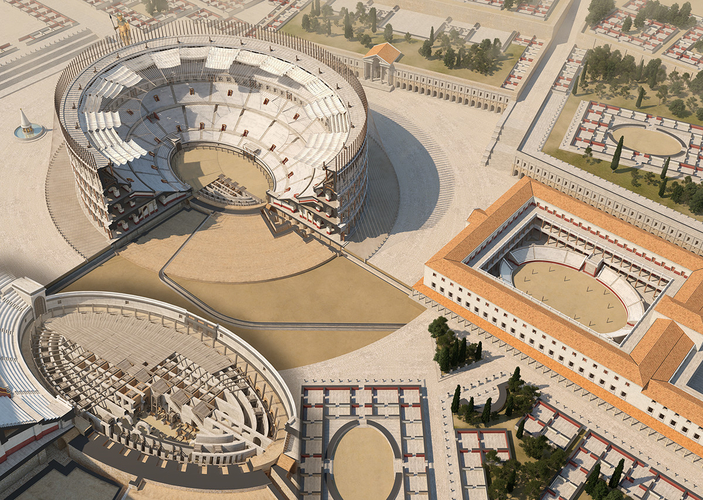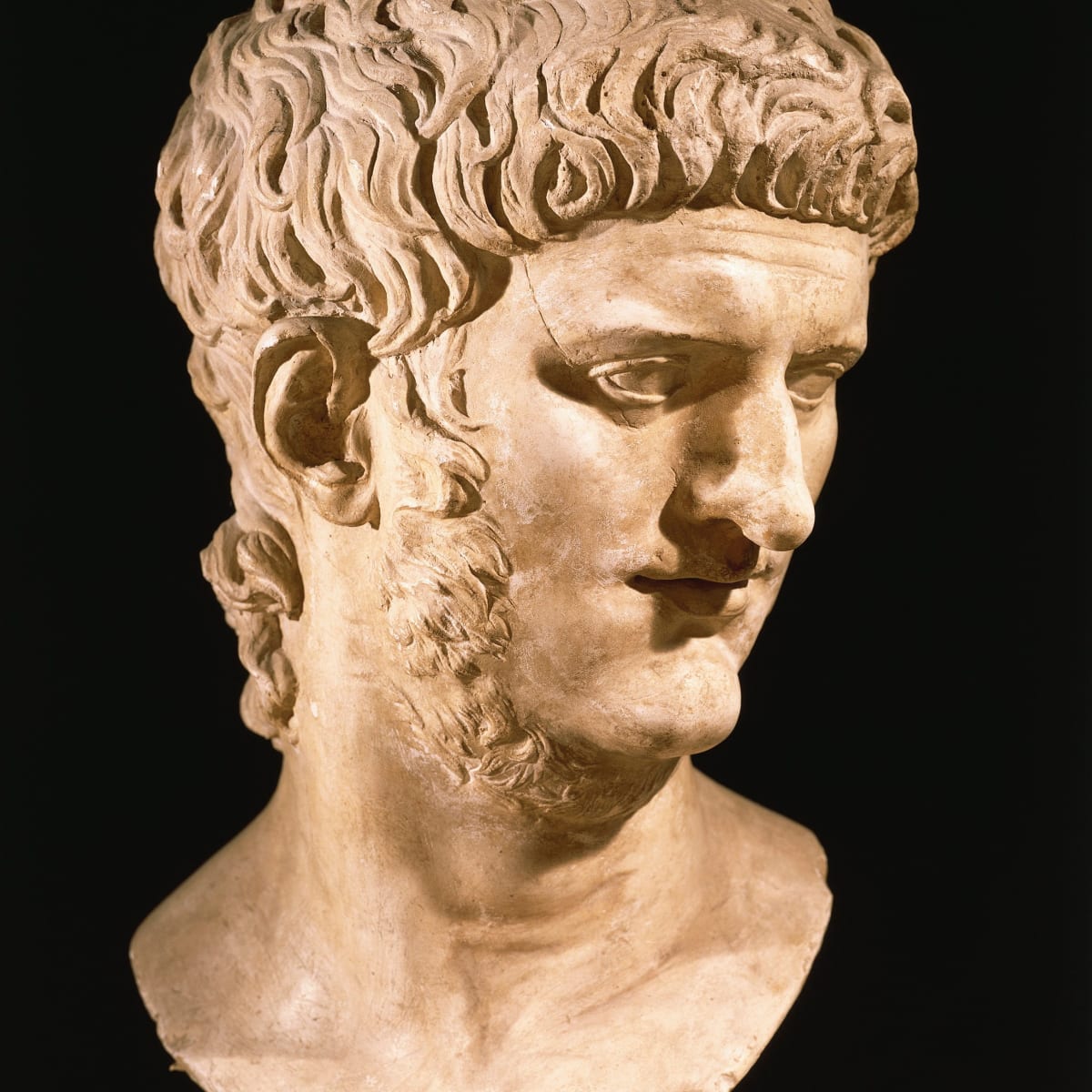Gladiator Fights
Bouts between gladiators were held long before the construction of the Colosseum and were a part of funeral rites for wealthy nobles. It was believed that human blood and sacrifice would help to purify the deceased’s soul and also provided a spectacle at the funeral which re-enacted the life (and importance) of the deceased. In honour of his father and sister, Julius Caesar staged bouts between hundreds of gladiators. These spectacles or munera became so popular, that by the end of the 1st century B.C. it became common practice for government officials to hold state-funded gladiator combat which was held in the Forum. Those wishing to climb the political ladder could hope to be elected if they funded spectacular games.


Who were the gladiators?
In the early days of the gladiatorial battles, most combatants were slaves, criminals or men from conquered lands. As the popularity of the games increased, so did that of the gladiators themselves with many garnering celebrity status among the populace. Popularity, as well as the prize money, even lured free men to sign up voluntarily. While these men were, for the most part, either skilled fighters or desperate for cash, there were those from the wealthier class that couldn’t resist showing off their skill – although these men were looked down on the senatorial class for such behaviour.
Gladiators were not cheap. They lived and trained in training barracks with a practice arena in the centre called a ludus. These facilities often had seating of their own where locals could come to watch them train.
The Ludus Magnus, seating an estimated 3,000 spectators, was the largest of these and was connected to the Colosseum by an underground tunnel. There was great cost in housing, clothing, feeding and maintaining these warriors and the men that trained them were loath to lose them. Many of the battles didn’t end in death, the fights had strict rules and were overseen by referees and were most likely stopped if a gladiator was too seriously wounded. Not quite what we are led to believe by the movies!
By the time the Colosseum was built, the battles between gladiators had evolved into a well-organized spectacle. The different classes of fighters were based on skill level, experience and fighting record. Highly specialized gladiators were equipped with particular weaponry with specific fighting styles. The first type of gladiator was most probably the Samnite, (Rome’s early enemy) from the Samnium region towards Naples. The Samnite used a small shield and gladius (a short sword used by the early soldiers). The ‘types’ of gladiators were usually paired – the Secutor with a helmet, oblong shield and curved sword often fought Retiarius who was armed with only a net and trident (although the net had spiked lead balls attached to it!). There were occasionally female gladiators, although the Romans didn’t really approve although the Emperor Domitian staged battles between women and dwarves. Eventually, female participation in the games was banned by the Emperor Septimius Severus circa 200 AD.


